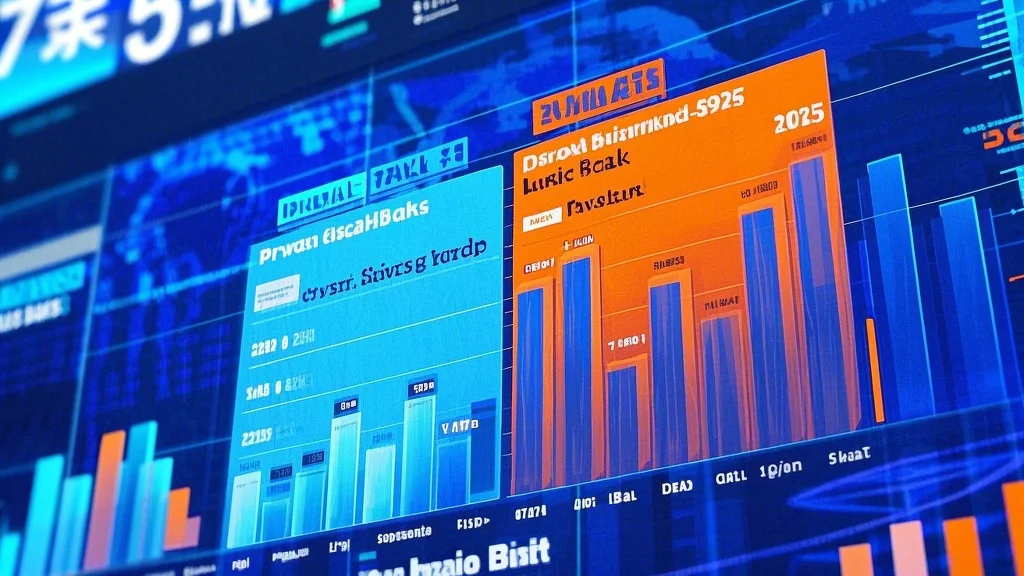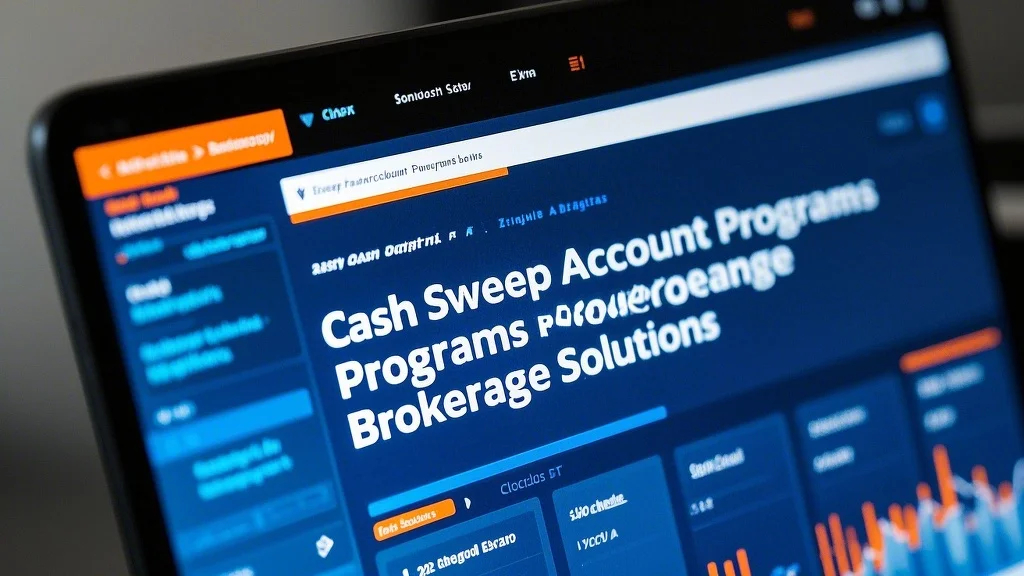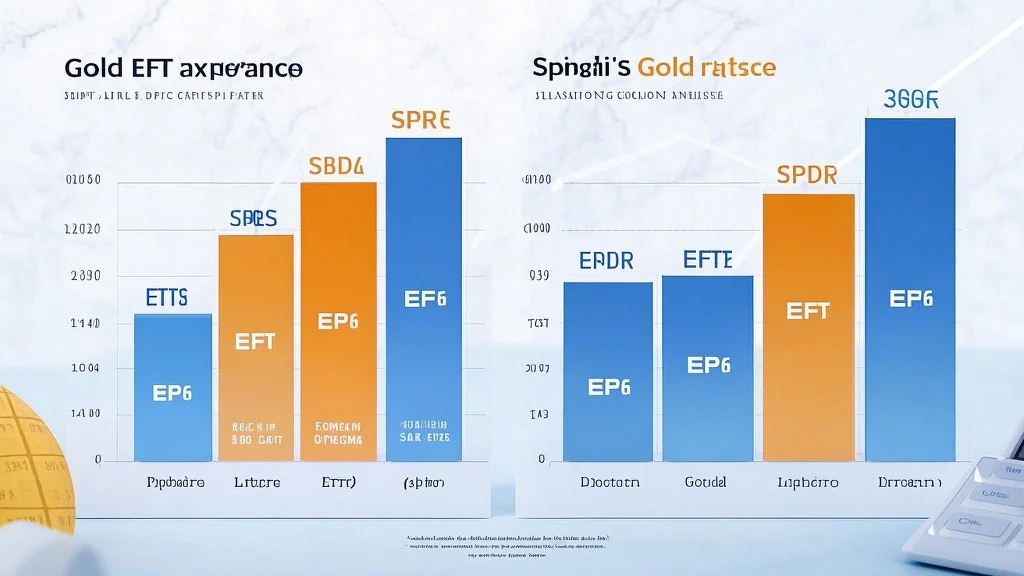The cryptocurrency market has evolved rapidly over the past decade, with Bitcoin leading the charge as the most prominent digital asset. As Bitcoin’s adoption continues to grow, so does the demand for reliable trading strategies and tools. One of the most effective ways to trade Bitcoin is through futures contracts, which are now widely available on major exchanges like the CME (Chicago Mercantile Exchange).

Understanding Bitcoin Futures Trading
Bitcoin futures are agreements to buy or sell Bitcoin at a predetermined price and date in the future. These contracts allow traders to speculate on the price movement of Bitcoin without actually holding the asset. Futures trading is popular because it offers leverage, which can amplify both potential profits and losses. Traders use futures contracts to hedge against price volatility or to capitalize on price trends.
The CME began offering Bitcoin futures in December 2017, making it one of the first major financial institutions to bring cryptocurrency derivatives to the traditional markets. The CME’s platform is regulated, which adds a layer of transparency and security for traders. Unlike over-the-counter (OTC) markets, CME futures are exchange-traded, meaning they are subject to strict oversight and have standardized contract sizes, expiration dates, and clearing processes.
Key Features of CME Bitcoin Futures
Contract Size: Each CME Bitcoin futures contract is based on 5 Bitcoin units, which is equivalent to approximately $30,000 at current prices. This makes the contracts more accessible to a wide range of traders, including institutional investors.
Liquidity: The CME has deep liquidity, which means that orders can be filled quickly at competitive prices. High liquidity also reduces the risk of slippage, which is the difference between the expected price and the actual price at which a trade is executed.
Price Discovery: The futures market helps in price discovery, which is the process of determining the fair value of an asset. By trading futures contracts, market participants provide insights into the future price expectations of Bitcoin.
Regulated Environment: The CME operates under strict regulatory frameworks, ensuring that all transactions are fair, transparent, and secure. This adds credibility to the market and attracts both retail and institutional traders.
Trading Strategies on the CME
Day Trading: Day trading involves opening and closing positions within the same trading day. This strategy is suitable for traders who have a high level of market experience and can accurately predict short-term price movements. Day traders often rely on technical analysis tools like moving averages, RSI (Relative Strength Index), and MACD (Moving Average Convergence Divergence) to make trading decisions.
Swing Trading: Swing trading involves holding positions for several days or weeks to capture medium-term price trends. This strategy requires a strong understanding of market fundamentals, such as macroeconomic trends, regulatory developments, and blockchain data. Swing traders may also use support and resistance levels to identify potential entry and exit points.
Position Sizing: Proper position sizing is crucial for managing risk in futures trading. Traders should determine the percentage of their account they are willing to risk on each trade and adjust their position size accordingly. This helps in avoiding significant drawdowns and ensuring long-term profitability.
Stop-Loss and Take-Profit Orders: Using stop-loss and take-profit orders is a key component of any successful trading strategy. Stop-loss orders help limit potential losses by closing a position automatically if the price moves against the trader’s position by a predetermined amount. Take-profit orders, on the other hand, lock in profits when the price reaches a desired level.
The Role of Trading Signals
Bitcoin futures trading is highly influenced by market sentiment, news, and technical indicators. Traders often rely on trading signals to make informed decisions. These signals can be generated through algorithmic trading systems, manual analysis, or third-party providers.
Algorithmic Trading: Algorithmic trading involves the use of computer programs to execute trades based on predefined rules. These systems can analyze vast amounts of data in real-time and identify patterns or trends that might not be immediately apparent to human traders. Algorithmic trading is particularly effective in the futures market, where speed and accuracy are critical.
Manual Trading: Some traders prefer to analyze the market manually using technical and fundamental analysis. Manual trading requires a deep understanding of market dynamics and the ability to stay disciplined in executing trading plans.
News-Based Trading: Major news events, such as central bank announcements, regulatory updates, or economic data releases, can have a significant impact on Bitcoin prices. Traders often use news calendars to anticipate market movements and adjust their strategies accordingly.
Sentiment Analysis: Sentiment analysis involves monitoring the mood of the market, which can be gauged through social media, news articles, and other sentiment indicators. Positive sentiment typically leads to higher prices, while negative sentiment can cause prices to drop.
Risk Management in Bitcoin Futures Trading
Regardless of the trading strategy used, risk management is the cornerstone of successful futures trading. Even the most experienced traders can suffer significant losses if they fail to manage their risks properly.
Stop-Loss Orders: As mentioned earlier, stop-loss orders are essential for limiting potential losses. Traders should set stop-loss levels based on their risk tolerance and the volatility of the market.
Position Sizing: Proper position sizing helps in managing risk. Traders should avoid over-leveraging, as this can lead to significant losses if the market moves against them. A common rule of thumb is to risk no more than 1-2% of the account on any single trade.
Diversification: Diversifying across multiple assets or strategies can help reduce risk. For example, a trader might choose to trade Bitcoin futures alongside other cryptocurrencies or traditional assets like gold or oil.
Hedging: Hedging involves taking offsetting positions to reduce exposure to market risk. For example, a trader who is long on Bitcoin futures might take a short position on spot Bitcoin to hedge against potential losses.
Market Sentiment Monitoring: Keeping a close eye on market sentiment can help traders anticipate potential volatility and adjust their strategies accordingly. Tools like the Fear



